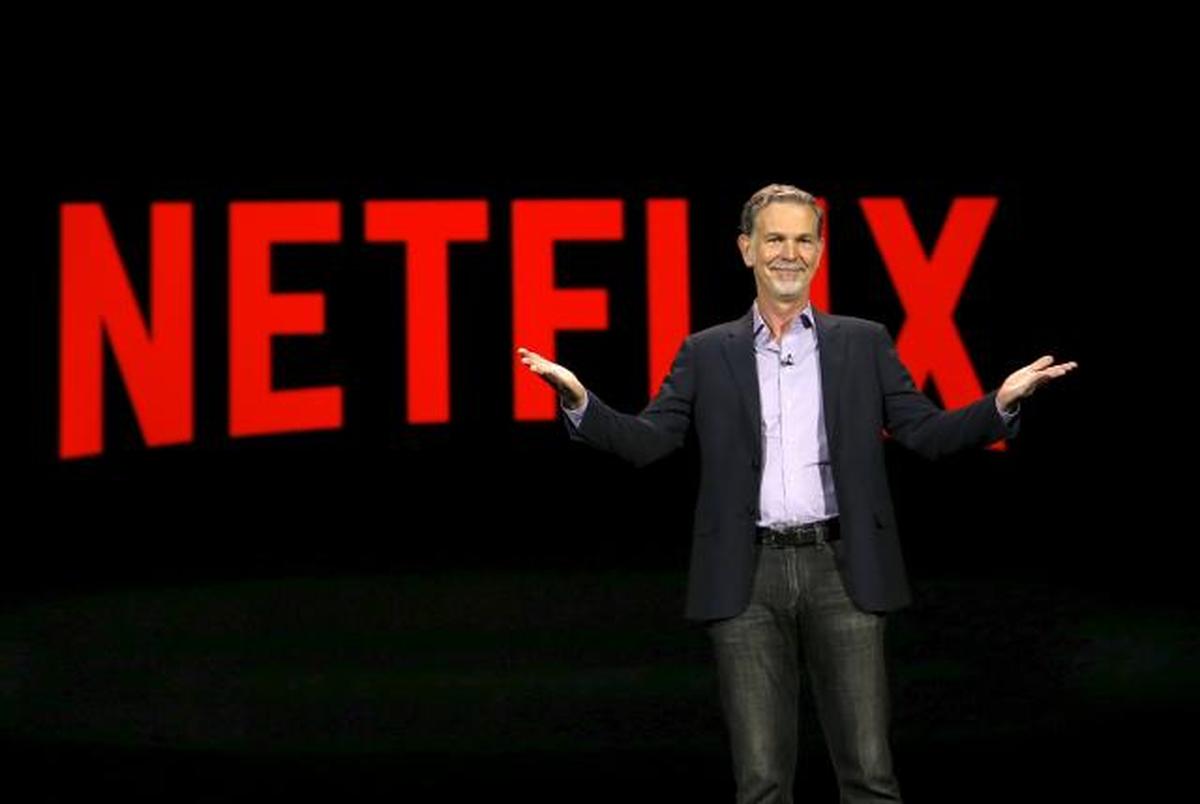Netflix is Opening New Markets
The battle for streaming just heated up with Netflix recently announcing that they intend to spend $400 million dollars in developing and distributing content from India to the world.

From the trades:
Speaking at the HT Leadership Summit in capital New Delhi, organized by the Hindustan Times newspaper, Hastings also did not reveal the number of Netflix’s Indian subscribers, only admitting that “these are early days.” During an earlier visit to India last year, Hastings had said that Netflix’s next 100 million subscribers will be “coming from India” given the fast growth of internet connectivity and usage in the country.
This is a big deal.
The Indian government has made waves by recently announcing plans to move close to a billion and a half people into the middle class by the middle to the end of this century.
And, just like Chinese audiences before them, they’re going to want something to watch.
Surely, Netflix Has Competition for These Eyeballs
One would think that Disney, AppleTV+ and the other streaming services would be racing ahead of Netflix on this one, but you’d be wrong.
They’re actually neck and neck.

From the trades yet again:
“The next 5-10 years will be the golden age of television,” Hastings said. He added: “You are seeing unbelievable and unrivaled levels of investment. Partially from global companies like Apple, Amazon, Disney and Viacom. There are all investing here in India as well as in the U.K. and the U.S. We are seeing more content made than ever before. It’s a great export.”
Content is a “great export”. An interesting approach to reality there Hastings.
What Are We in the US To Make of All of This?
Netflix is doing something else very savvy: One of the underrecognized aspects of Internet access around the world is how distributed it is across devices that aren’t laptops, desktops, or computers of any kind.

Mobile-first streaming is a major driver of the adoption of content in countries like India, the countries of Africa and the countries of South America.
These are geographic areas, where American and Asian manufacturing have been dumping cheap phones with low-cost Internet access plans to the masses for well over fifteen years now.
Reed acknowledged a little of this phenomenon when he talked about subscription pricing and content placement on devices.
From the trades:
“If we have amazing content from around the world, people are willing to pay for that,” Hastings said Friday, referring to the company’s mobile-only plan for India. “In the U.S., cable television costs about $75. Here [in India] it’s about $3-$5,” he said. “In the U.S., people pay $50 for mobile phone access. Pricing is very low here, and the market is very large. That’s why our 199 rupees a month pricing is very competitive.”
The streaming wars are heating up globally.
Look for a lot more Indian content to be pushed to you via Netflix in the next five years.









